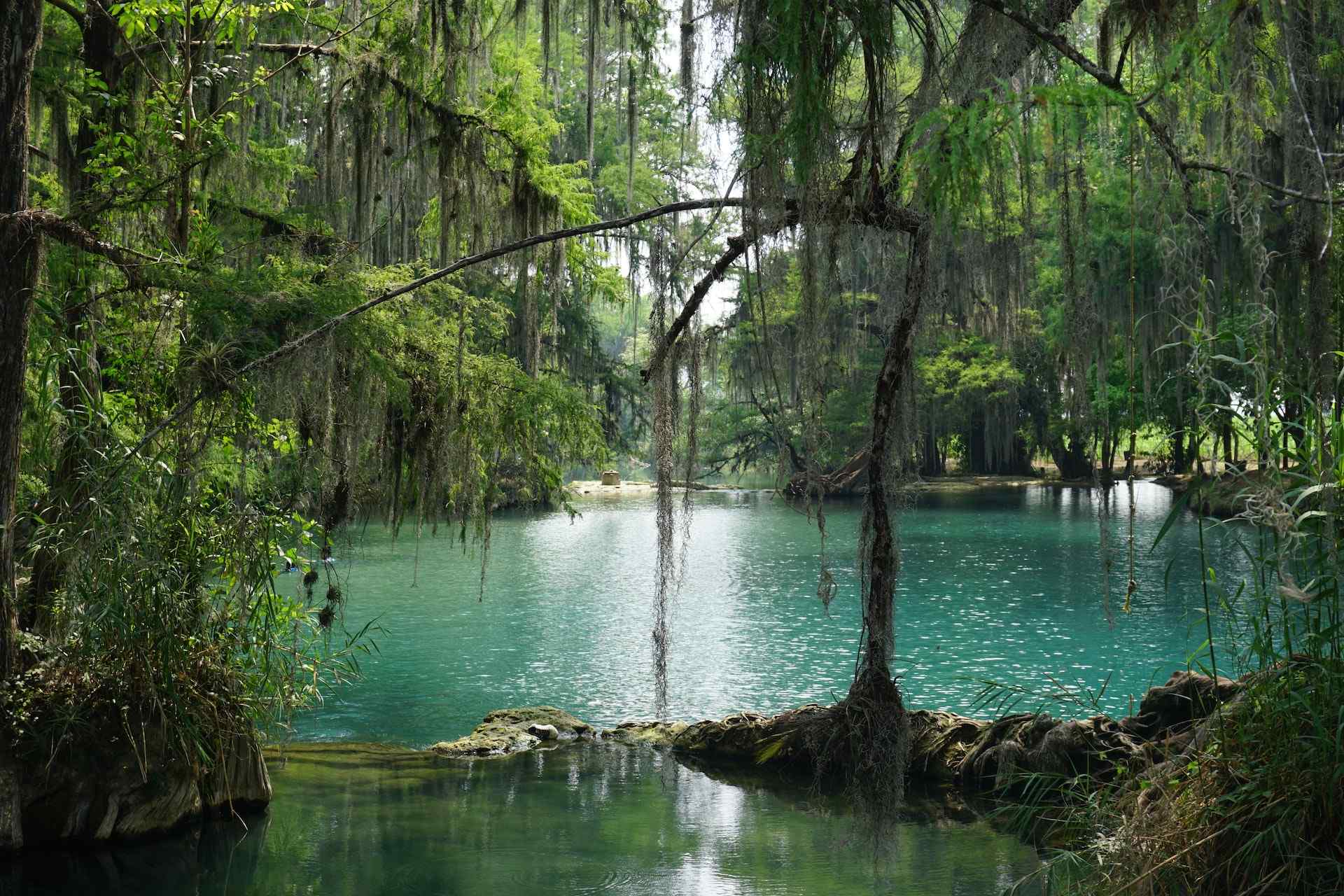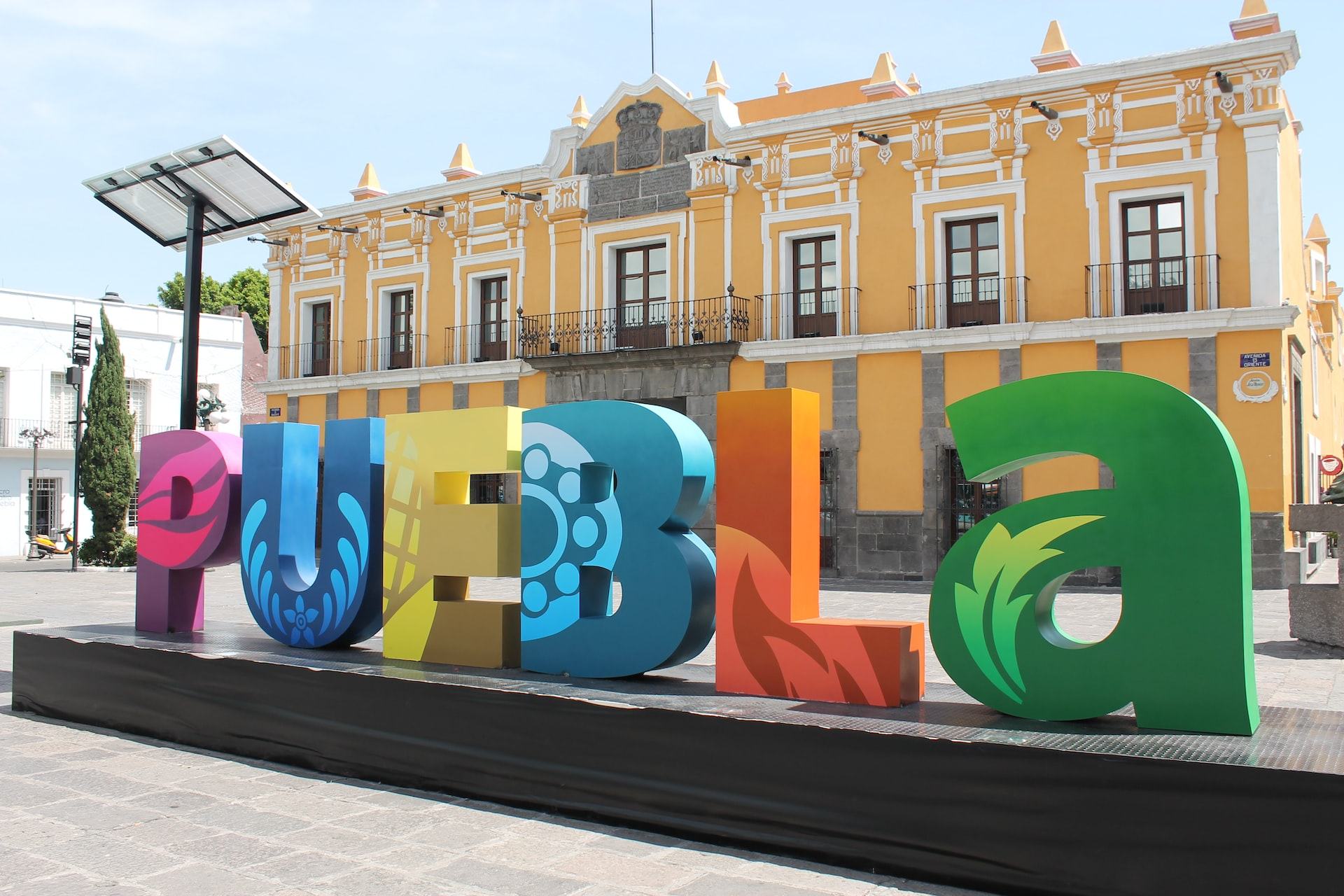Pretoria museums are a must-see for anyone interested in the history, culture, and art of South Africa. This city, also known as Tshwane, is home to a variety of museums that showcase a wide range of artifacts, artworks, and exhibitions. From natural history to contemporary art, these museums offer visitors a chance to learn about the past and present of South Africa. In this article, we will take a look at the most popular museums in Pretoria and provide as much information as possible about each of them.
The Pretoria Art Museum
About the Museum
The Pretoria Art Museum is one of the oldest art museums in South Africa, having been established in the 1930s. The museum is home to a vast collection of South African art, including paintings, sculptures, and prints. The collection spans from the 19th century to the present day and includes works by some of the most notable South African artists.
Types of Art and Artifacts on Display
The Pretoria Art Museum’s collection includes a wide variety of art forms, including paintings, sculptures, prints, and drawings. The museum’s collection includes works by South African artists such as JH Pierneef, Maggie Laubser, Irma Stern, and Gerard Sekoto. The museum also features contemporary art by artists such as William Kentridge and Penny Siopis.
Special Exhibitions
The Pretoria Art Museum regularly hosts special exhibitions, showcasing the works of both established and emerging artists. These exhibitions provide visitors with the opportunity to see new and exciting works of art that may not be included in the museum’s permanent collection.
History and Background
The Pretoria Art Museum was established in the 1930s, making it one of the oldest art museums in South Africa. The museum was established to provide a space for South African art to be displayed and appreciated. Over the years, the museum’s collection has grown to include a wide range of art forms and artists.
Availability of Guided Tours
The Pretoria Art Museum offers guided tours for visitors, which provide an in-depth look at the museum’s collection and the history of South African art. These tours are led by knowledgeable guides who can answer any questions visitors may have.
The National Museum of Cultural History
About the Museum
The National Museum of Cultural History is a museum in Pretoria, South Africa. It is dedicated to the preservation and display of the cultural heritage of South Africa, including the history, art, and artifacts of the country’s diverse population. The museum is home to a vast collection of artifacts, including traditional clothing, jewelry, pottery, and tools.
Types of Art and Artifacts on Display
The National Museum of Cultural History’s collection includes a wide variety of artifacts, including traditional clothing, jewelry, pottery, and tools. The museum also features a collection of traditional musical instruments, including drums and xylophones. Additionally, the museum has a large collection of beadwork, including beadwork from the Zulu, Xhosa, and Basotho cultures.
Special Exhibitions
The National Museum of Cultural History regularly hosts special exhibitions, showcasing the works of both established and emerging artists. These exhibitions provide visitors with the opportunity to see new and exciting works of art that may not be included in the museum’s permanent collection.
Historyand Background
The National Museum of Cultural History was established to preserve and promote the cultural heritage of South Africa. The museum’s collection includes artifacts from the country’s diverse population, including the Zulu, Xhosa, Basotho, and many other cultures. The museum’s collection has been built up over the years through donations, purchases, and excavations.
Availability of Guided Tours
The National Museum of Cultural History offers guided tours for visitors, which provide an in-depth look at the museum’s collection and the cultural heritage of South Africa. These tours are led by knowledgeable guides who can answer any questions visitors may have.
The Union Buildings
About the Building
The Union Buildings is a national monument and government building in Pretoria, South Africa. It serves as the official seat of the South African government and the office of the President of South Africa. The Union Buildings also serves as a museum, showcasing the history and architecture of the building and its role in the country’s political history.
Types of Art and Artifacts on Display
The Union Buildings’ museum showcases the history and architecture of the building, including its role in South Africa’s political history. Visitors can view the building’s impressive interior and exterior, including the Union Hall, the Cabinet Room, and the President’s office. The museum also features artifacts and artwork related to South Africa’s political history.
Special Exhibitions
The Union Buildings does not typically host special exhibitions. However, the building’s role in South Africa’s political history and its impressive architecture make it a popular destination for visitors.
History and Background
The Union Buildings were designed by British architect Sir Herbert Baker and built between 1910 and 1913. The building has served as the official seat of the South African government and the office of the President of South Africa since its completion. The Union Buildings were declared a national monument in 1980.
Availability of Guided Tours
Guided tours of the Union Buildings are available for visitors, providing an in-depth look at the history, architecture and the role of the building in the South Africa’s political history. These tours are led by knowledgeable guides who can answer any questions visitors may have.
In conclusion, Pretoria museums offer visitors a chance to learn about the history, culture, and art of South Africa. From the Pretoria Art Museum to the National Museum of Cultural History, and the Union Buildings, there is something for everyone to see and explore. All of these museums are also available for guided tours, which provide an in-depth look at the museums’ collections and the history of South Africa.



